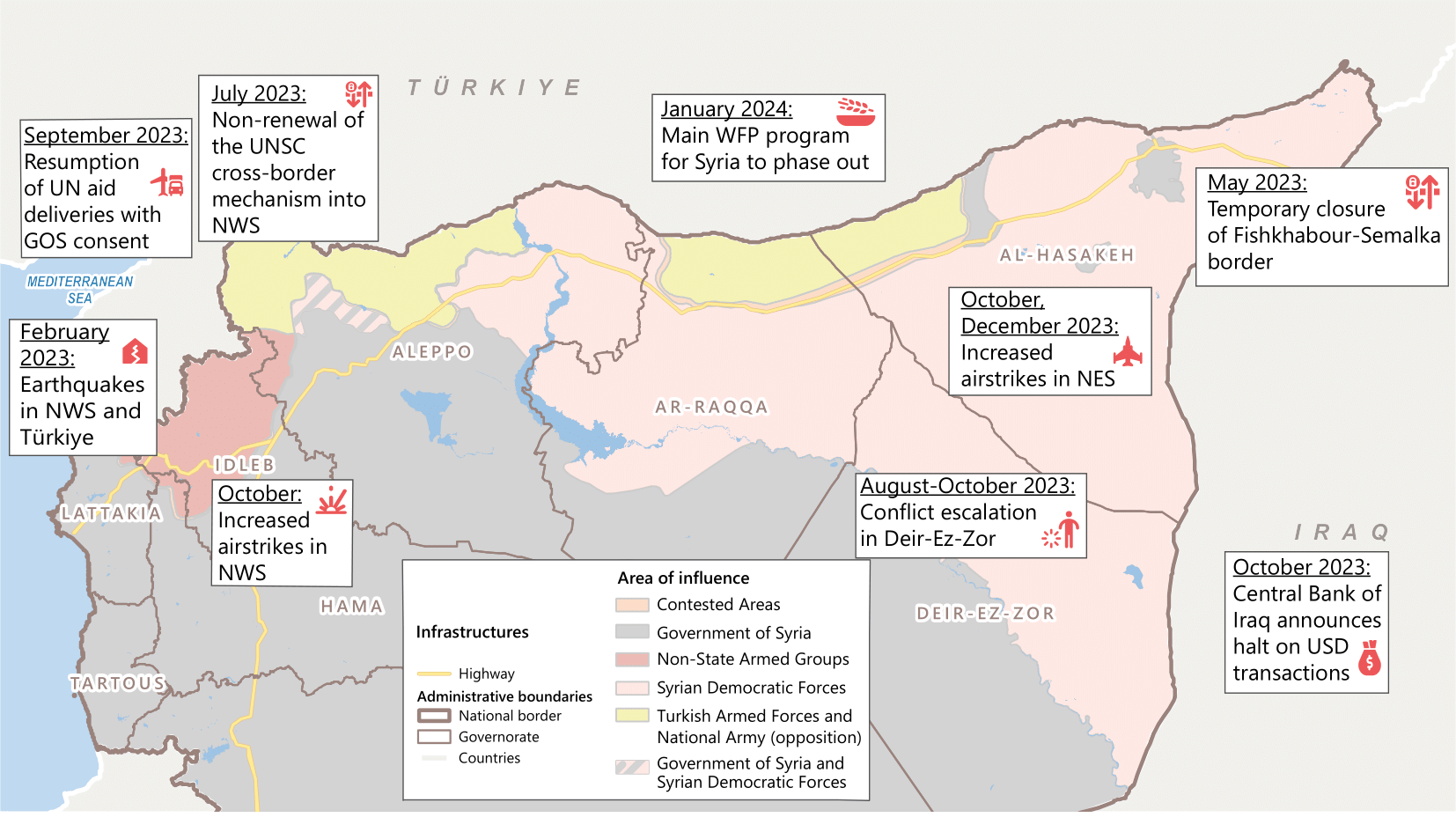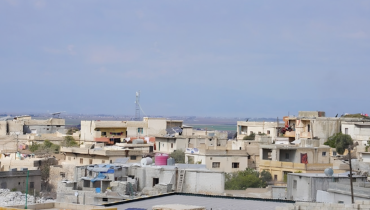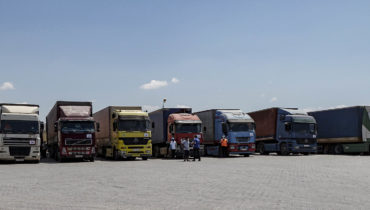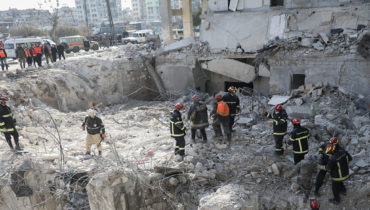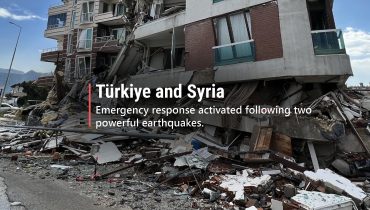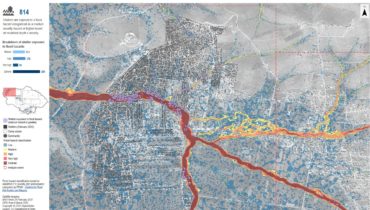Türkiye-Syria Earthquake One year on, looking at the earthquake’s lasting impacts in conflict-affected Northwest Syria.
6 February 2024
As we mark the one-year anniversary of the two devastating earthquakes that hit Southern Türkiye and Northern Syria on 6 February 2023, affected communities in Northwest Syria are still grappling with the profound challenges left in the aftermath of the disaster – deepening a thirteen-year long humanitarian crisis in the area.
The two earthquakes, which happened hours apart and together claimed over 50,000 lives, struck a region already contending with the long-term effects of years of conflict, economic instability, and insufficient access to food, health, and water services. Even a year on, earthquake-affected communities face significant challenges as recovery efforts remain ongoing, particularly in the wake of decreasing humanitarian funding. Indeed, in 2023 the Syrian Humanitarian Response Plan (HRP) only received 37.8% of the requested funding, underscoring persistent challenges in adequately addressing the aftermath of the earthquakes and emphasising the critical need for ongoing support.
In the first few days after the disaster, IMPACT – through its initiative REACH – was able to support humanitarian actors in Türkiye and Syria, by deploying data collection and analysis capacities to support the emergency response.
| It was crucial that we promptly mobilised in the aftermath of the earthquake, providing humanitarian stakeholders with timely information about the most urgent needs, the worst-affected population centres, and most appropriate forms of assistance. Given delays in aid deliveries caused by road damage, our partners needed to understand the functionality of local markets, which ultimately guided the implementation of cash assistance. Still today, there are lasting impacts of the February earthquakes, which we aim to consistently document, while keeping a strong focus on the broader and protracted dimension of the crisis in Syria. – Korbinian Schink, IMPACT Regional Coordinator for Middle East |
To this day, the situation in Northwest Syria remains fragile. Besides the devastating February 2023 earthquakes, the major conflict escalations in October of last year resulted in additional damage, human casualties and displacement. According to a Camp Coordination and Camp Management cluster displacement report* from January 2024, which incorporated REACH data, approximately 300,000 people experienced displacement in Northwest Syria in 2023. The earthquake alone is estimated to have forced around 108,000 people to move, with the heightened October hostilities causing another 153,000 people to flee
Displacement presents a long-persisting trend. IMPACT’s needs analysis from September 2023 in regions affected by post-earthquake departures identified some of the primary factors preventing populations from returning to their areas of origin. Many shelters in the area were reportedly still damaged and tents were cited as a common shelter type for high numbers of internally displaced people (IDPs). Other persisting challenges identified in those hard-hit regions were limited incomes, unmet food needs, and low access to electricity.
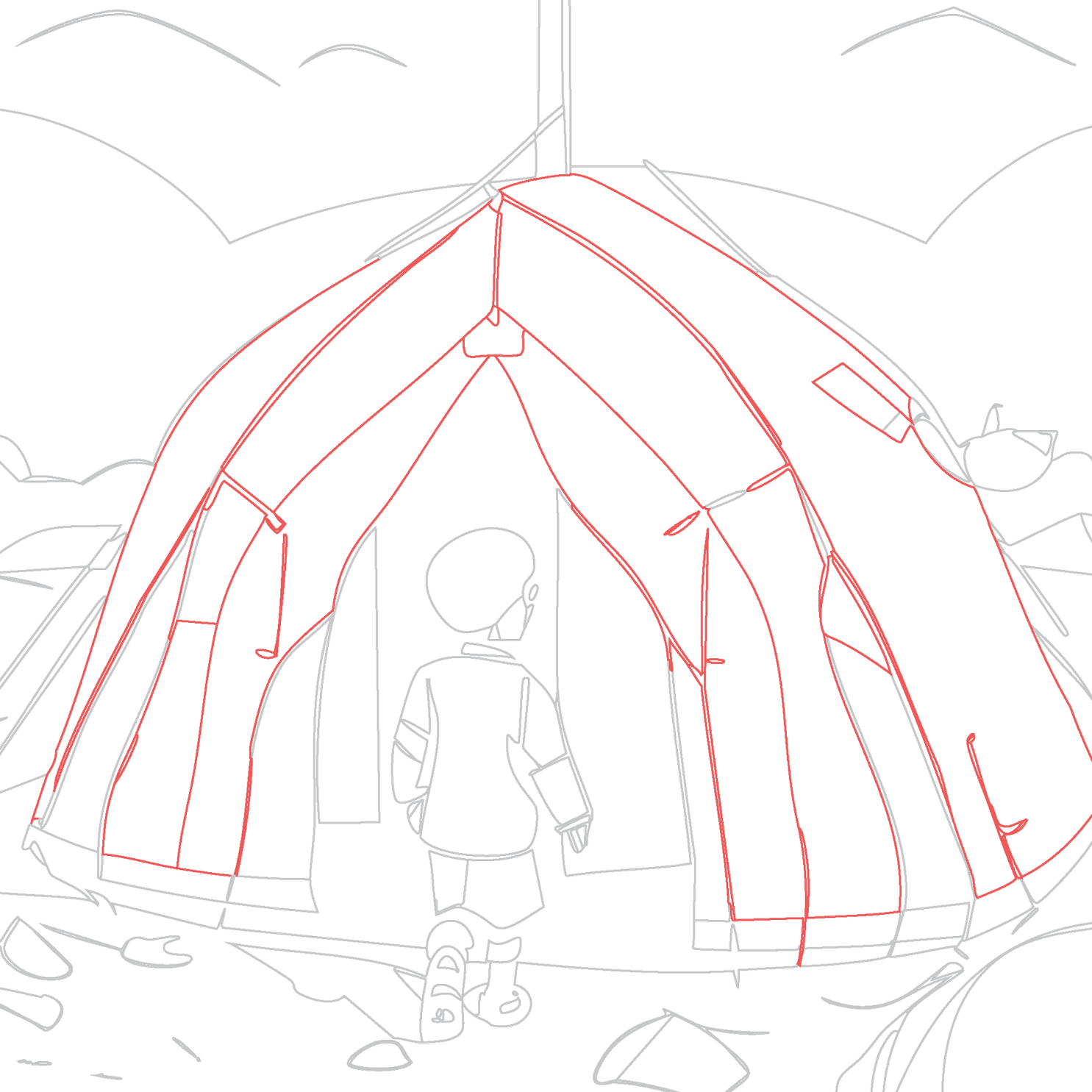 Data from the Multi-Sector Needs Assessment (MSNA) also highlights the severe living conditions of in-camp IDPs in Northwest Syria. The earthquakes strained existing shelter infrastructure, worsening fragile conditions for the roughly two million people residing in camps and informal sites. With over half of in-camp IDP households reportedly living in tents, these shelters are frequently perceived as overcrowded, prone to various levels of damage, and inadequately insulated against adverse weather conditions. In-camp IDP households in NWS also voiced concerns about a lack of winterisation items, insufficient access to safe water and heightened levels of food insecurity.
Data from the Multi-Sector Needs Assessment (MSNA) also highlights the severe living conditions of in-camp IDPs in Northwest Syria. The earthquakes strained existing shelter infrastructure, worsening fragile conditions for the roughly two million people residing in camps and informal sites. With over half of in-camp IDP households reportedly living in tents, these shelters are frequently perceived as overcrowded, prone to various levels of damage, and inadequately insulated against adverse weather conditions. In-camp IDP households in NWS also voiced concerns about a lack of winterisation items, insufficient access to safe water and heightened levels of food insecurity.
Furthermore, in the context of pre-existing vulnerabilities and the overall economic downturn in Türkiye, the longer-term financial impacts of the earthquakes are still felt by the communities. From October 2022 to October 2023, households, especially high-earning ones saw their incomes decrease sharply, which is partly attributed to the reliance of Northwest Syria’s economy on the Turkish border, making it vulnerable to the cross-border trade disruptions caused by the earthquakes. Our data emphasised households’ prolonged challenges in generating income, with over three-quarters of those receiving emergency cash assistance still reporting urgent unmet needs in May 2023. The earthquakes also affected savings and debt practices, with emergency cash often used for debt repayments and a lack of sustained support compelling households to dip into savings.
As we reflect on the one-year anniversary of the devastating earthquakes that struck southern Türkiye and Northern Syria, it is clear that needs remain high in many sectors. These are especially aggravated by winter conditions, and as humanitarian funding undergoes further cuts, there is an ongoing need for more data and analysis to document the main gaps in humanitarian assistance and support affected populations to cope with the multiple effects of the crisis.
As we work to inform humanitarian actors about the long-term impacts of the multifaceted Syria crisis and support a needs-based response in Northern Syria, we will publish key findings from the MSNA in an upcoming brief later this month. Sign up here to receive it in your inbox.
* The report referenced has not yet been published. We will update the link once it is released.

